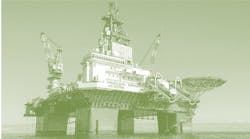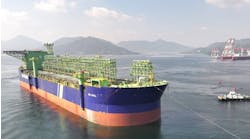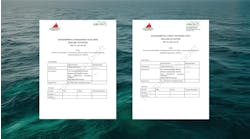Schlumberger Oilfield Services has introduced the new PressureXpress combinable reservoir pressure-while-logging service.
This service provides formation pressure and fluid mobility data in typically less than a minute and with less risk of differential sticking than conventional methods, the company says. As a result, oil companies can eliminate completing or hydraulically fracturing depleted zones, giving them a significant economic savings while enhancing production from their aging fields.
"With the PressureXpress tool, we realized significant savings in rig time and testing time," Mark Norville, vice president of exploration and production, Kerns Oil & Gas Inc., says. "It's an excellent service for high-density drilling areas."
The PressureXpress service is designed to run as a standard addition to the Platform Express integrated wireline logging tool in the first logging pass, and is also fully combinable with most openhole tools.
The probability of getting successful pressure and mobility measurements is calculated in real time during the Platform Express logging pass. The new formation pressure tool also reduces overall pressure testing expenditures through increased reliability, operational efficiency, reduced potential for fishing, and associated lost-in-hole costs.
"The new pressure service was ideal for measuring accurate formation pressures very efficiently in an old field with many low permeability and often depleted gas sands," Rob Spaeth, senior staff petrophysicist, Dominion Exploration and Production Inc., says.
Schlumberger has conducted field testing in many basins around the world, including more than 50 wells in the US, with very low permeability reservoirs.
PressureXpress uses the new Smart Pretest system to dynamically control the pretest process and optimize drawdown and build up profiles. The pressure measurement cycle – from set to retract – typically lasts less than a minute compared to up to 10 or more minutes required previously.




